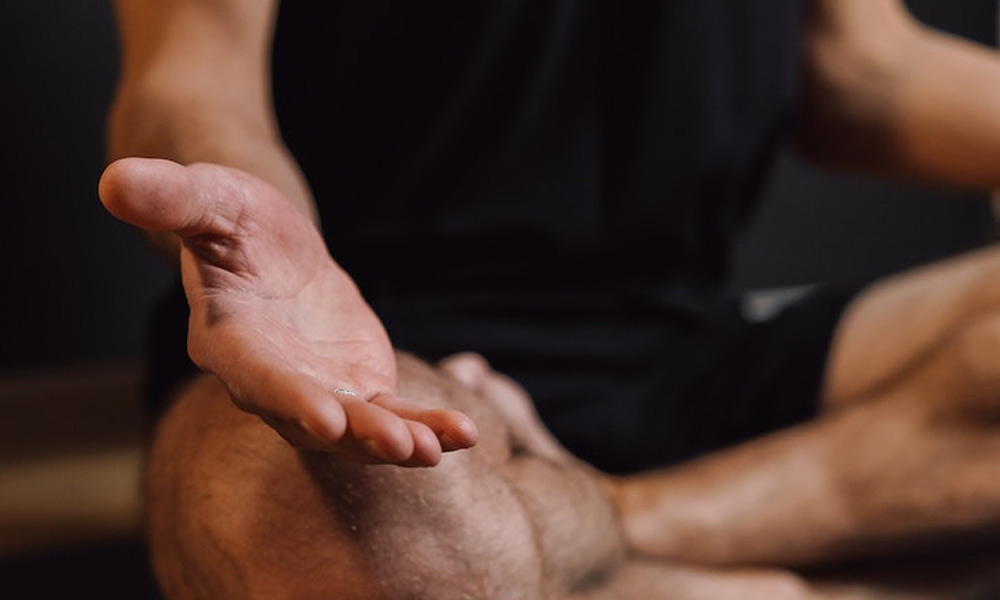Your morning routine can set the tone for your entire day. It’s a wonderful opportunity to take time to care for yourself, and it helps signal to your mind and body that you’re ready for what the day might bring. As a morning routine is such an important part of the day, we want to help you ensure that you’re getting the most out of yours.
Here are eight elements to consider adding into your morning routine. Take what you like and leave what you don’t. Make it your own!
1. Wake Up Early
It can be tempting to hit the snooze button on your alarm clock in the morning. However, when you wake up early, you have enough time to start your day with a relaxing routine. Sleeping in can feel good in the moment, but it can also make the rest of your day feel rushed and unorganized. If you have trouble waking up early, try placing your alarm where it requires you to leave the bed to turn it off.
2. Add a Moment of Stretching
As soon as you get out of bed, try a morning stretch. Stretching after sleep can improve your circulation and relax your muscles to relieve any aches and pains you might feel after a long night of laying in the same positions. If this is already part of your routine, and you want to go a step further, add a yoga sequence first thing in the morning.
3. Drink a Glass of Water
Your body has been without water all night, so a great addition to your routine is to drink a glass of water to rehydrate and help your organs function properly. If you’re prone to forgetting, sit a glass or bottle of water by your bed before you go to sleep so that it’s the first thing you see when you wake up.
4. Choose a Wholesome Breakfast
Start your day with a breakfast that will keep you full and provide your body with the nutrients it’s craving. You might consider planning your breakfast the night before so that you don’t grab something quick in a rush out the door. Need a new recipe? Try our banana bread overnight oats.
5. Write in a Gratitude Journal
Your first few thoughts in the morning can dramatically affect your mood and the tone you set for your day. Make these moments count by sitting down with a guided or blank journal to write down a few things that you’re grateful for, along with your thoughts and feelings that surround them.
6. Add a Touch of Creativity
If your day ahead is full of work and other daily tasks, you might consider starting with a creative activity, such as playing music, reading, listening to a podcast, or writing. It doesn’t matter how you get creative with your morning—only that you let your mind wander and feel the creativity flow through you.
7. Tidy Your Space
Set aside a few moments to organize your space, allowing yourself to focus on only one area at a time. Tidying your living space ensures that you’ll come home to a clean house, where you can rest and relax at the end of your day without worrying about when you’re going to clean up.
8. Plan Out Your Day
Finally, before you head to work or your daily activities, plan out your day. Write down what you hope to accomplish, what you want to eat, how you want to move your body, and how you plan to rest. By giving yourself an expectation for your day, you are more likely to spend the day how you’d like to, rather than leaving it up to chance.
We hope that you use these tips to design a morning routine that’s perfect for you! As we mentioned, take what you love and leave what you don’t. Finding a routine that makes you feel your best is a personal process.
Are You a Cancer Survivor?
Survivor Fitness works with cancer survivors to help them regain their health and wellness through one-on-one personal training and nutritional support. We walk alongside you to progress your post-treatment recovery, empowering you to take control of your healing journey. Connect with us today to learn more!









